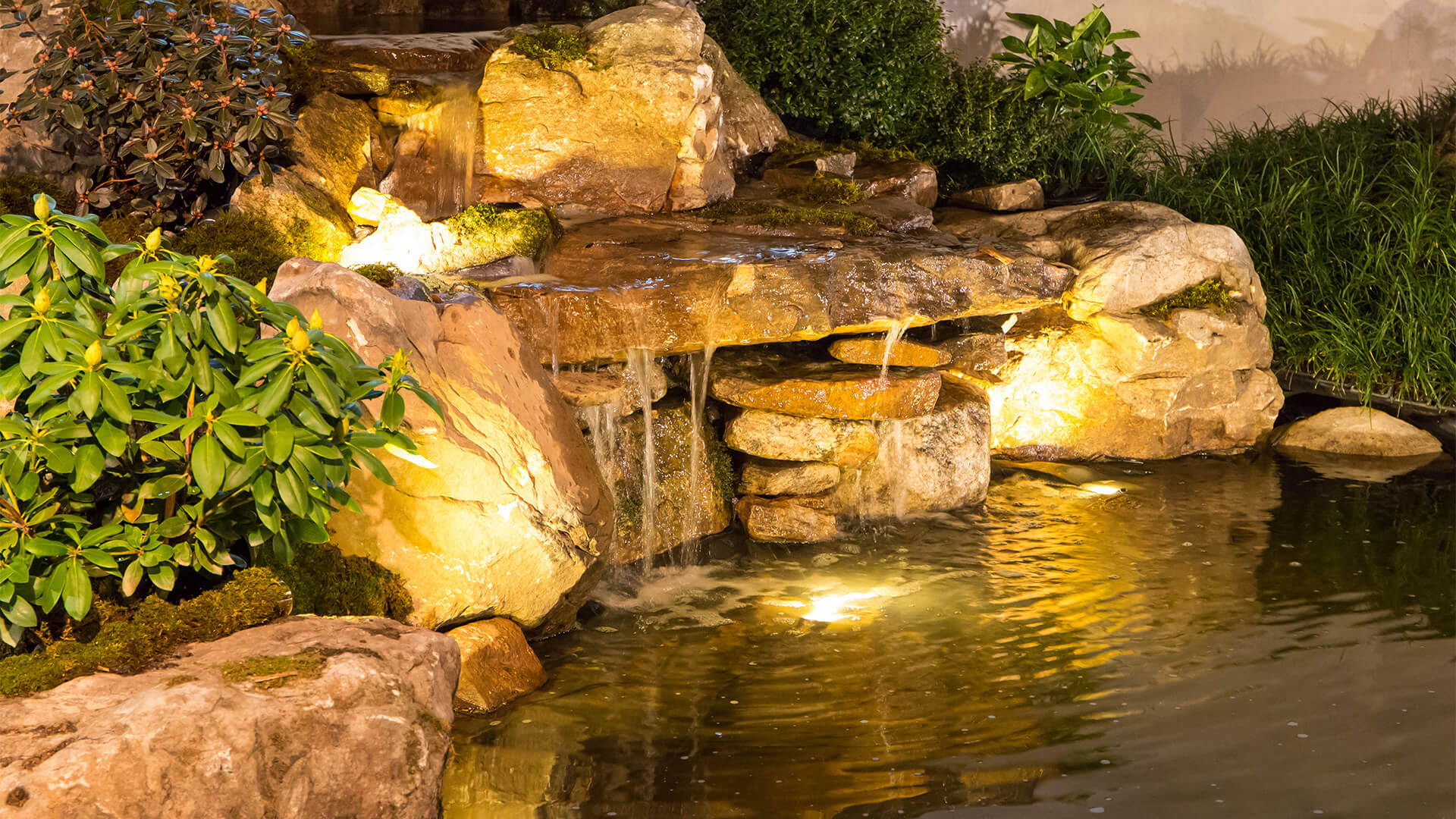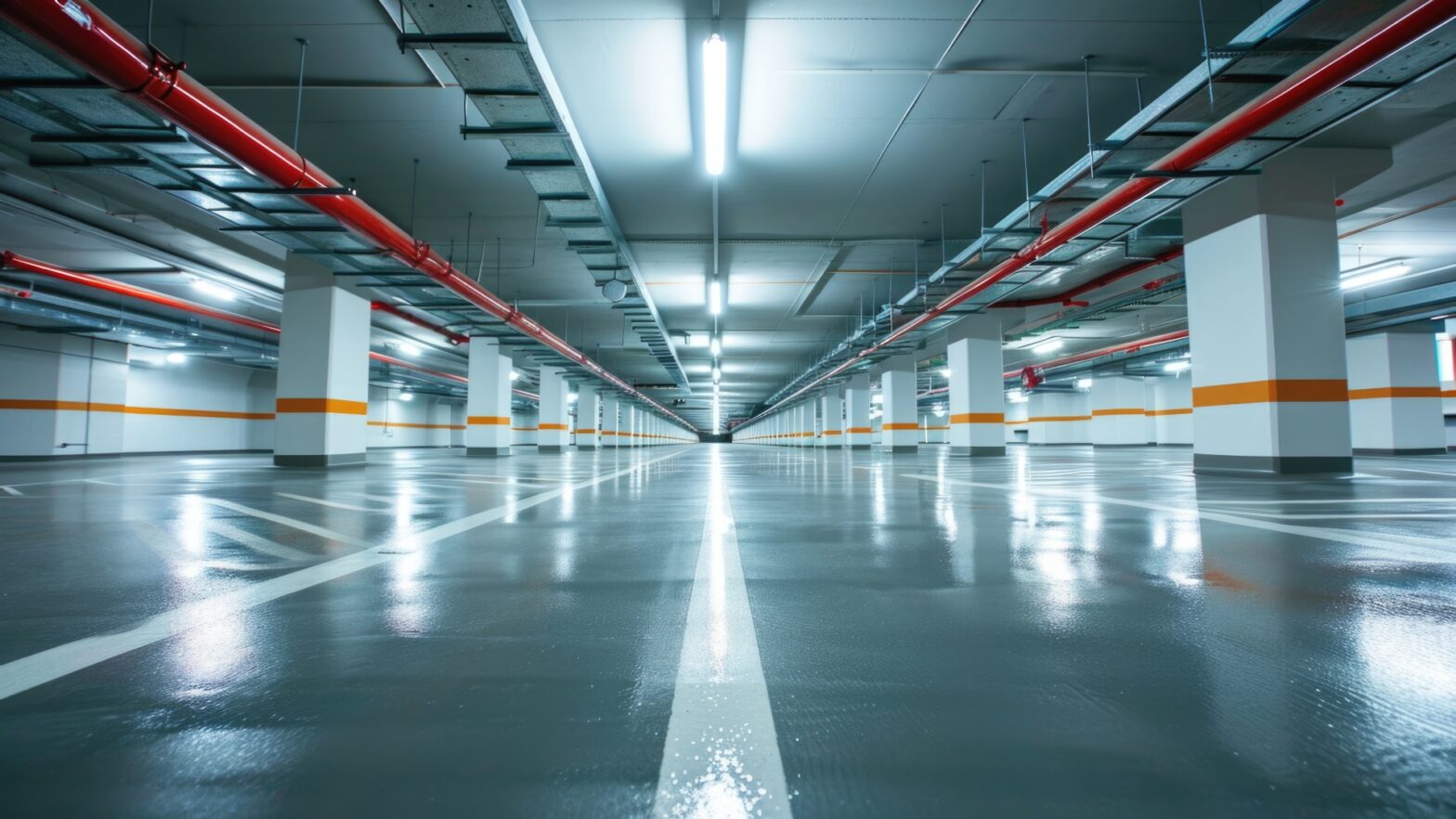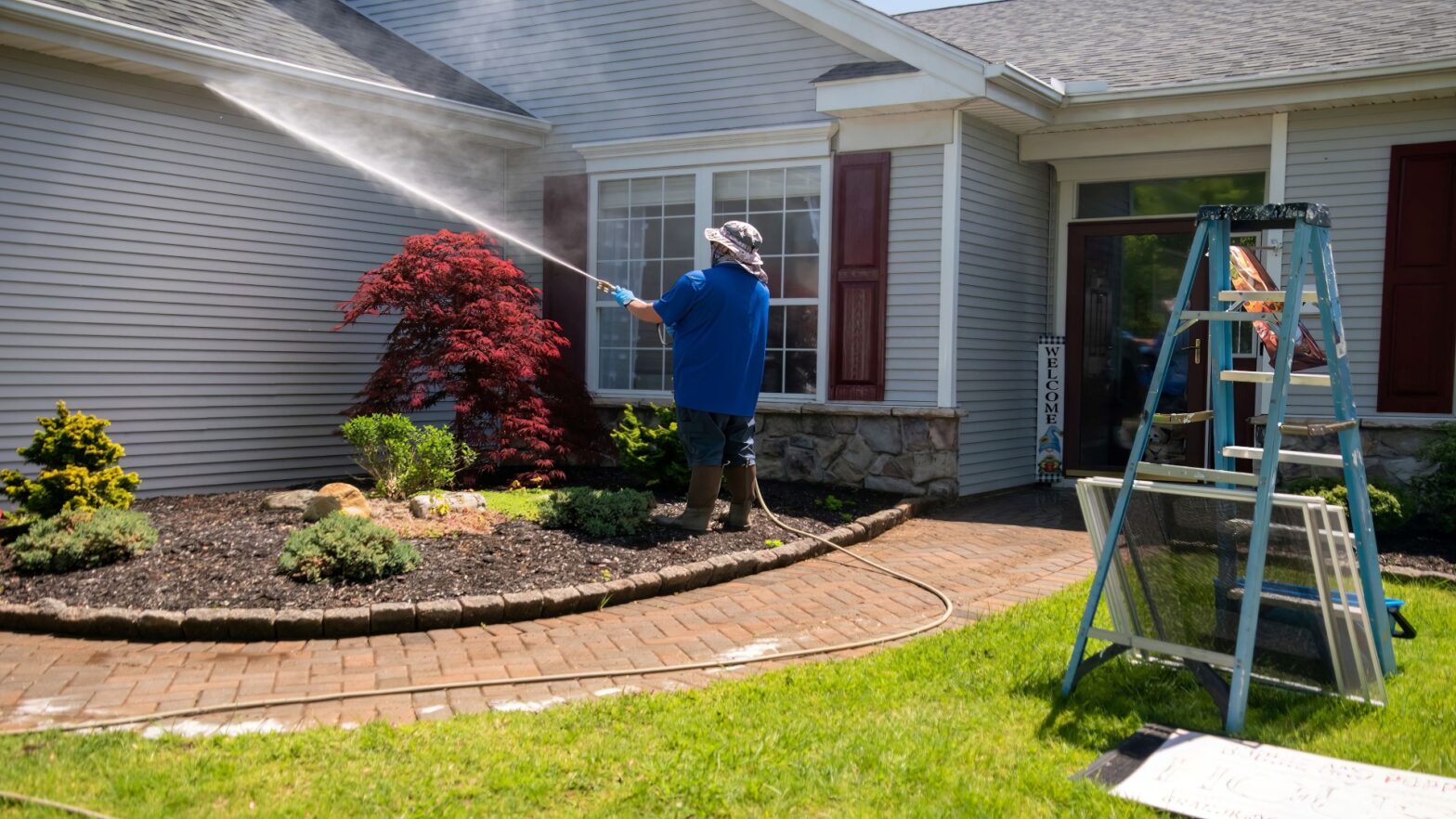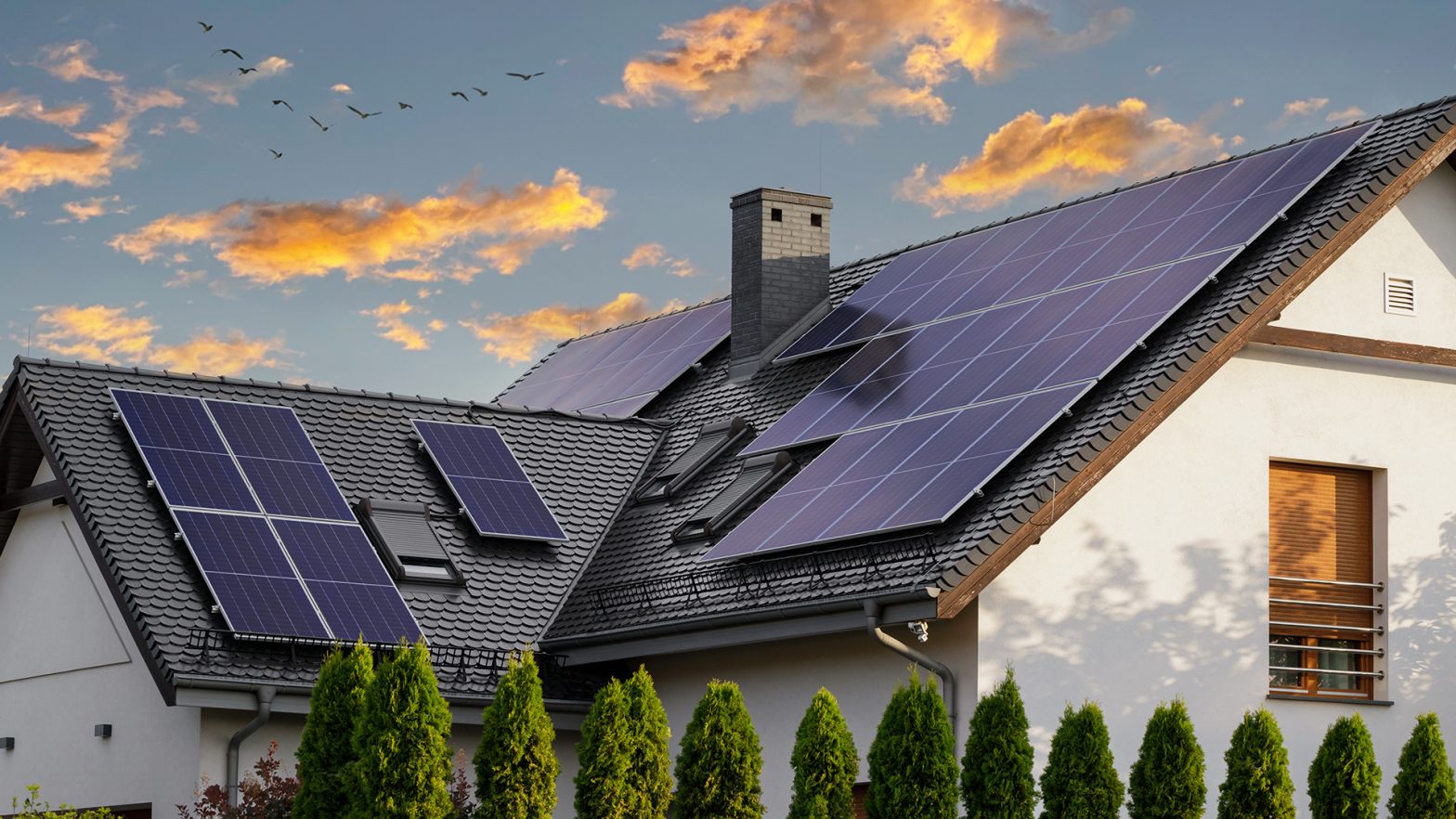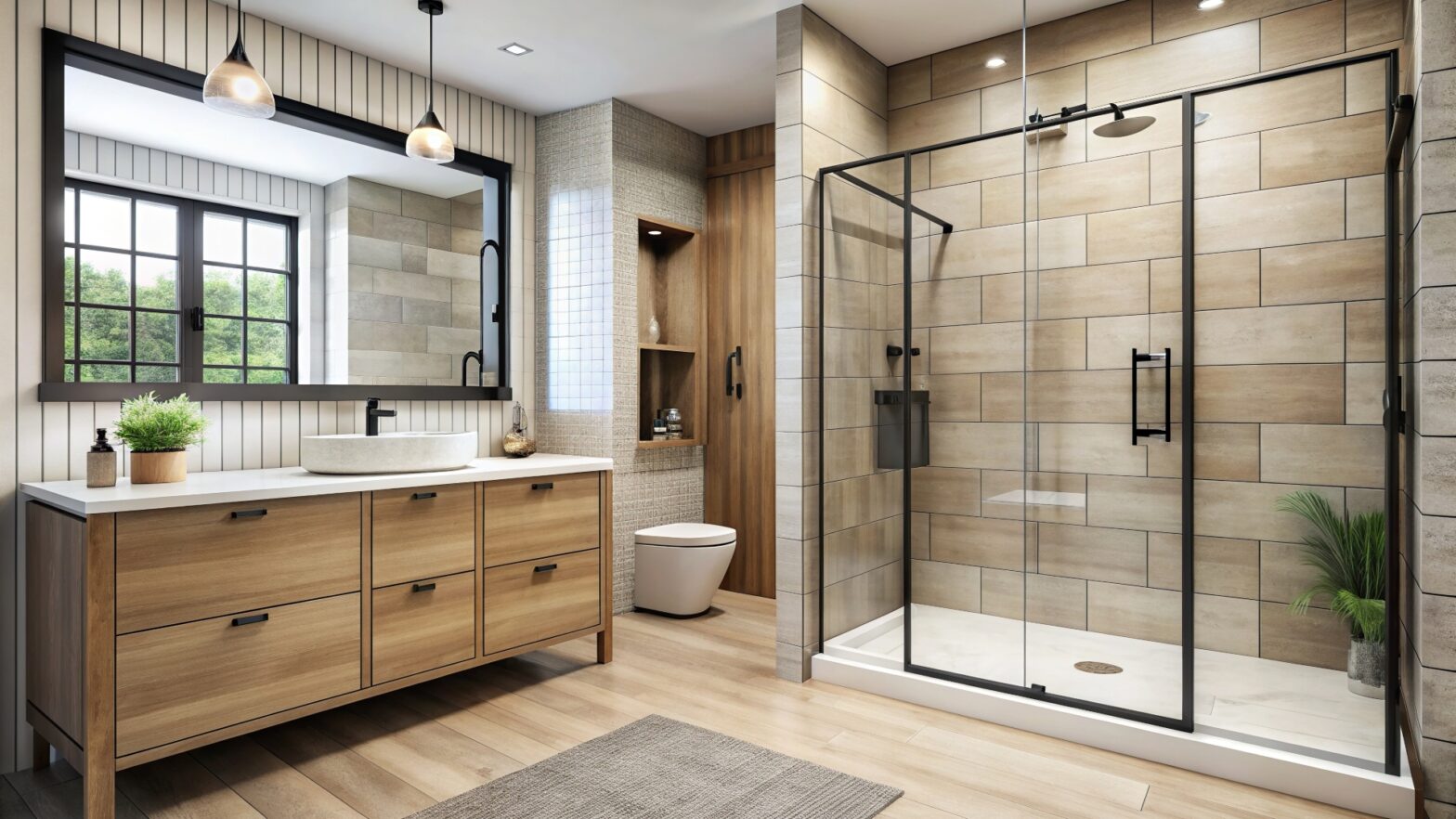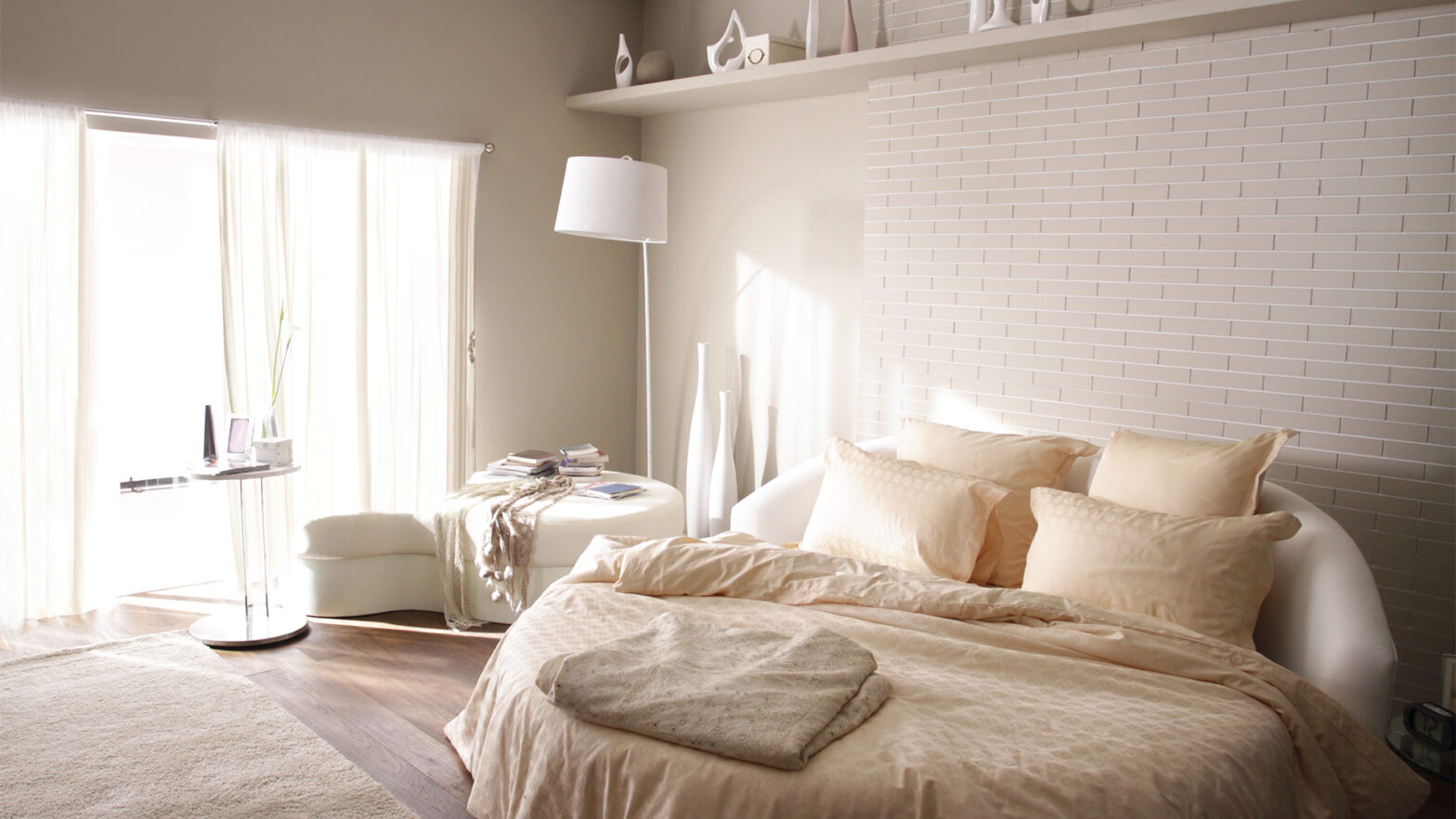By Evelyn Long, Editor-in-Chief of Renovated.
The chance to invest time and effort in one’s property is one of the greatest pleasures that comes with homeownership. Property managers and maintenance professionals have an opportunity to practice a unique kind of artistry when clients ask them to create or redesign landscape and hardscape features.
Hardscaping is a movement comprising many distinctive trends and techniques. Its popularity comes from the fact that it requires fewer resources over time — primarily water and labour. That’s because it replaces thirsty vegetation, like grasses, with long-lasting materials that don’t need much upkeep.
Here’s more about hardscaping, its benefits and current trends that might appeal to people’s nature-inspired design sensibilities.
What Is Hardscaping?
The term “hardscape” refers to incorporating hard-wearing, long-lasting building materials into the natural landscape. Examples of hardscape features include walkways, retaining walls, garden borders, water features and paved areas like driveways.
There are lots of options as far as materials go. Hardscape features can incorporate some or all of the following:
- Crushed stone
- Reclaimed wood
- Landscaping borders
- Concrete blocks
- Permeable pavers
- Native plants
- Solar lighting
- Appliances and other amenities
The chief difference between hardscape and landscape is that landscaping focuses on the horticultural or organic features of the design. Hardscaping borrows elements from the built environment and places them in the natural landscape for practical or visual purposes.
1. Sustainable Rainwater Features
Many homeowners envision fountains and waterfalls on their properties, but these are wasteful and difficult to maintain. Sustainable water features can be a gorgeous and ingenious way to put water to use more naturally.
Powered water features waste resources. Instead, designers can use concrete blocks, pavers, and shallow trenches or ponds to create brilliant hardscape features that capture rainwater and channel it wherever people want it to flow.
This may not be the simplest hardscape project to take on, but it’s one of the most transformative. Digging the rain gardens, trenches and ponds to redirect captured rainwater may require heavy equipment to extract or redistribute soil. Ponds at least 2 feet deep — those with a higher volume of water — tend to be healthier and easier to maintain.
2. Outdoor Living Rooms
People who love spending time outdoors — and especially entertaining guests there — should build an outdoor living room.
Some people take this concept literally by building a tiny home outside their main house. It begins with installing a hard surface, like pavers or bricks, and then adding amenities until it feels like a bohemian retreat or a nearly fully-featured living space. It may include gas grills, kitchen sinks, dry or wet bars, audio/visual equipment and ample seating.
Outdoor living rooms do not need to be tied directly into a home’s utility lines. People can start simply by building a patio and fire pit, installing a gazebo, pergola or other partially covered structure for protection from the elements and placing comfortable seating. Residents that want to spend a lot of time in their new living space can lavishly decorate it. Think about throw pillows, blankets for cool summer evenings and all the other touches that make a living space truly a home.
3. Permeable Pavers
Permeable or green pavers are a deceptively simple innovation with a major impact. Driveways and walkways are common hardscaping features, but they’re far from sustainable in most cases. Asphalt and concrete are impermeable materials, meaning they shed and redistribute rainfall rather than allowing it to reenter the environment naturally.
In many developed locations, the amount of impermeable surface area on one’s property directly impacts tax or utility liabilities. People that want to address this or make a change for the greener should consider permeable pavers.
These products resemble conventional landscaping blocks or pavers, but they’re shaped in a way that allows water to pass and grass to grow through them. This is also a boon during wintertime because these blocks won’t form or hang on to ice the way paved surfaces do. Best of all is that these pavers look gorgeous and reintroduce some greenery into spaces, like driveways and walkways, that typically don’t have any. Most green paver products can be driven on safely and mowed over when the grass gets long.
4. Creative Lighting Displays
Hardscape design should incorporate all possible elements of the built environment into outdoor living spaces. That includes getting clever with lighting.
People should consider their hardscape design’s practical requirements first — like lighting pathways leading to fire pits and illuminating sustainable water features at night. They could even string bistro-style lights above seating areas, between the trees or across a gazebo to direct guests and create fascinating, romantic or quirky designs.
People should look for solar-powered outdoor lighting kits. These typically charge small batteries during daylight and turn the lights on automatically when dusk settles in. It costs nothing to keep them lit at night.
5. Rockscapes, Xeriscapes and Native Vegetation
Choosing vegetation is more closely related to landscaping than hardscaping, but it accompanies the topics of rockscapes and xeriscapes perfectly.
A common mission among homeowners and property managers is creating gorgeous outdoor living areas that don’t require much maintenance or resources. Many of the more familiar and conventional landscaping designs require a lot of water and time to keep healthy. Non-native plants placed in spartan mulch beds need constant irrigation and regular care.
Rockscapes and xeriscapes replace mulch and bare earth with crushed rock and gravel. This looks beautiful, keeps most weeds at bay and helps plants’ roots retain moisture. Many property owners play with space and height by creating tiered or terraced rockscapes. Choosing native plants to incorporate throughout the rockscape attracts animals and insects and ensures a reasonable water budget. Many xeriscape designs are intended to thrive with no added water or with minimal drip-irrigation systems.
Make Hardscaping Trends Personal
There are lots of compelling hardscaping trends making the rounds right now, but the project won’t be complete until it gets a personal touch. Nobody chooses the same combination of materials, features and layouts — it’s what makes the process so much fun.












